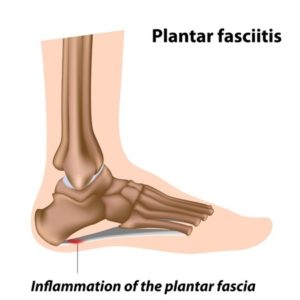Dealing with High PSA (Prostate Specific Antigen) Levels
The PSA blood test is commonly used to check for signs of prostate cancer or other prostate problems. When a PSA level comes back high, the next step is usually recommended is a biopsy. But recent information suggests another possible option could be to repeat the PSA test a month or so later to monitor.
This recommendation comes because PSA levels can fluctuate up and down — so a man with a high PSA level may not actually have any prostate problems at all. In fact, studies researching nearly 1,000 men, found that about half of those whose PSA levels were initially high had a normal result in a subsequent test according to James Eastham, MD, FACS, of Memorial Sloan-Kettering Cancer Center. There are three possible reasons for a high PSA: cancer, inflammation or infection of the prostate or lab error.
According to Eastham, a man should not undergo a biopsy of the prostate based on one high PSA level. I would agree with this and recommend trying to evaluate other possibilities for a high level and monitor. I would go further to recommend various supplements to assist in lowering the PSA level. Here is a list of supplements and their doses that have been researched and can assist in lowering the PSA level. A word of caution that if you use these supplements and the PSA doesn’t go down you should seek medical care.
- For PSA levels higher than 1.0 add boron at 6-15mg a day, consider adding prescription Avodart to reduce levels quickly.
- ECGc (green tea) can be dosed at 1300 mg a day.
- Lycopene 10 mg a day has been shown to reduce cancer by 30%.
- Adding DIM or IC3 has been helpful to lower estrogen levels, but a newer Chinese herb called Myomin can be more beneficial because it lowers estrogen further up the pathway.
- Curcumin can be helpful for inflammation using 300-600 mg a day has been studied.
- Vitamin D levels should be measured and dosed appropriately.

